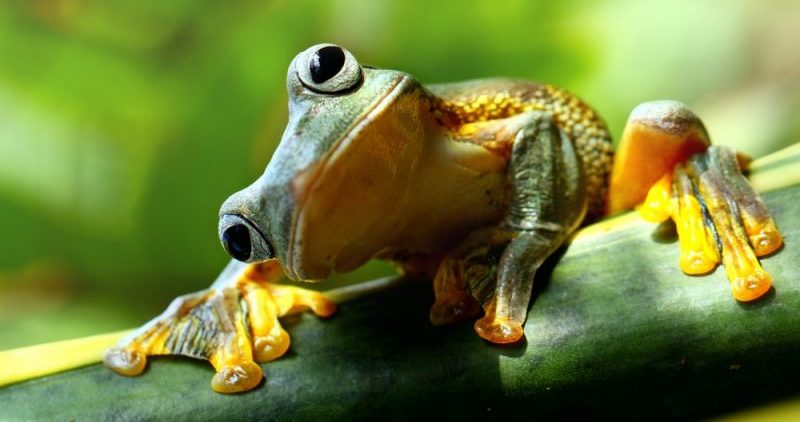The ovuliparous animals They are those that have fertilization and external embryonic development, which means that, within the framework of sexual reproduction, both the fertilization of the ovum and the development by which it takes shape occurs outside the body of the female. Ovuliparity is a type of oviparity, and most of the species that belong to this group are fish. For instance: mollusks, crustaceans, trout.
The reproduction process in ovuliparous animals occurs in a synchronized way:
- The female expels her eggs and deposits them in hidden places, where it is not possible for predators to reach.
- The male notices these eggs and fertilizes them, at which point the egg cell is formed that will not have a shell.
- Then that egg will develop, which it will do without the help of the female or the male. This endangers many of the eggs, because predators can reduce the number of offspring.
Due to the similarity in terms, ovuliparous individuals are often confused with:
- Oviparous. Animals that have internal or external fertilization, with external embryonic development.
- Viviparous. Animals that have embryonic development within the mother’s body.
- Ovoviviparous. Animals that reproduce in eggs that are kept within the mother’s body until the end of embryonic development.
Examples of ovuliparous animals

- Amphibians. Female frogs have their ovaries next to their kidneys. Males, who also have their testicles next to their kidneys, approach females in a process called amplexus, which stimulates the release of eggs. After being released, the male will fertilize them and a few weeks later the young will be born, trapped in the gelatinous liquid of the egg until they can be released.
- Mollusks. Female clams lay millions of eggs in the sea, which transform into larvae and settle on firm surfaces, to be fertilized and gestated for a time that lasts between one and two weeks. At the age of one year the clams and mussels reach sexual maturity.
- Crustaceans. Reproduction occurs after a courtship process, where the male releases a spermatophore on the central part of the female’s cephalothorax. By releasing the eggs, she will break the bag and release the male’s sperm in order to fertilize the eggs in the external environment.
- Starfish with sexual reproduction. The unfertilized eggs are released into the sea, the same place where males release their sperm. The feeding of the eggs during the gestation process is with the nutrients that they keep inside, as well as with other starfish eggs. Some specimens of this species reproduce asexually.
- Hedgehogs. The females release the eggs in the hidden areas of the tides, and the males come from the areas most exposed to fertilize them.
- Crabs
- Trout
- Prawns
- Mussels
- Silverside
